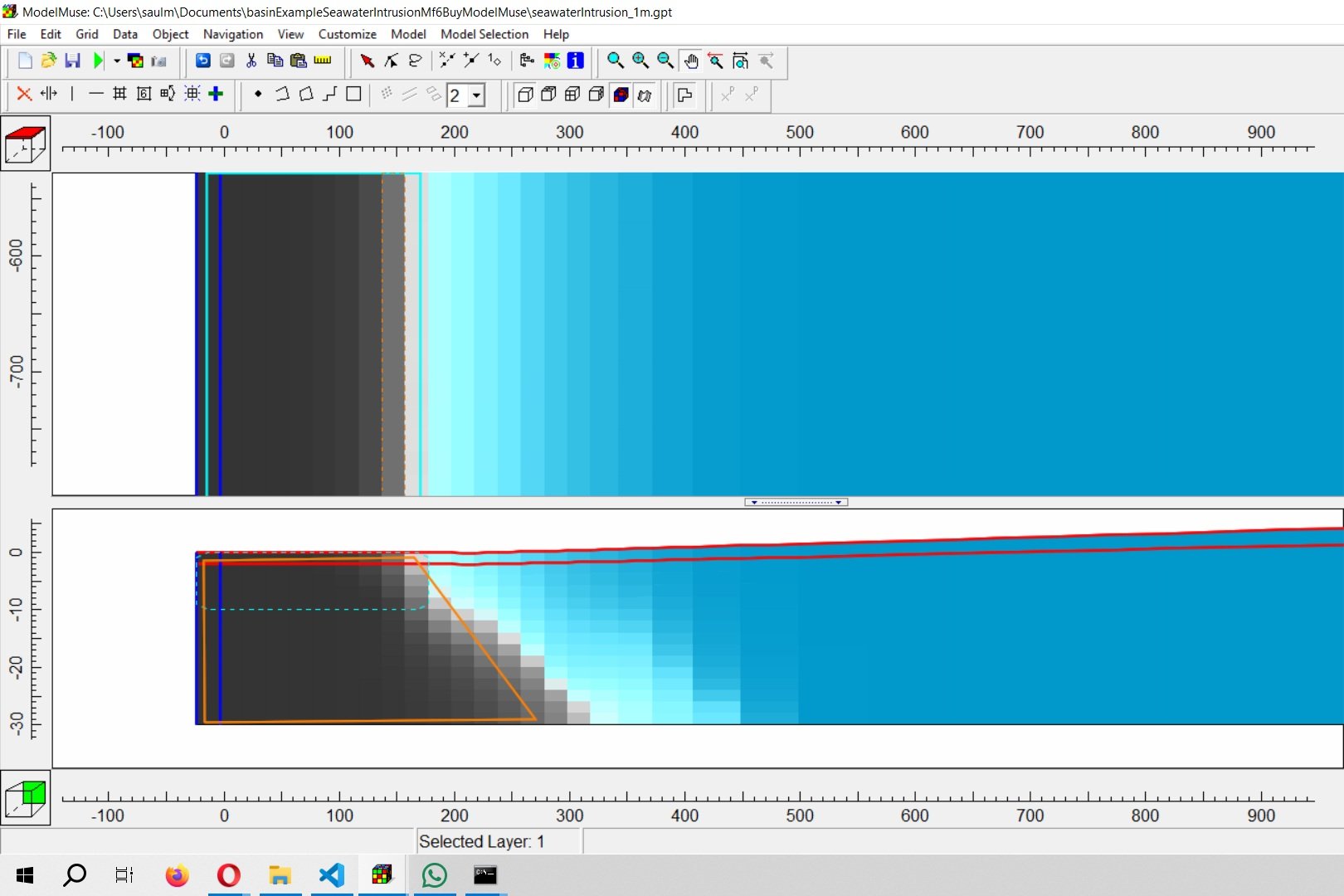Channel network delimitation from a raster DEM with Python and Landlab - Tutorial
/Never before the process of watershed delimitation became so easy. Now you can delimitate your watershed and stream network online with Hatari Utils:
Check this tutorial:
hatarilabs.com/ih-en/online-watershed-delimitation-with-hatari-utils-tutorial
Based on the several components of Landlab together with other Python packages some procedures can be established to extract single or multiple stream networks from a digital elevation model (DEM) raster and export them as vector spatial data formats as ESRI shapefiles or plot them in Jupyter Lab.
Tutorial parts:
Open a raster file and create a Landlab model grid
Compute flow accumulation and fill depressions
Profile channels with defined accumulation area threshold.
Tutorial
# import generic packages
import numpy as np
from matplotlib import pyplot as plt
# import geospatial packages
import rasterio
from rasterio.plot import show
from shapely.geometry import LineString
import geopandas as gpd
# import landlab components
from landlab import RasterModelGrid, imshow_grid
from landlab.components import (
DepressionFinderAndRouter,
FlowAccumulator,
ChannelProfiler,
)# Open raster image
rasterObj = rasterio.open('../rst/ASTGTM_NAD83_12N.tif')
show(rasterObj)#extract array from raster
elevArray = rasterObj.read(1)
plt.imshow(elevArray)<matplotlib.image.AxesImage at 0x107cac7af50>#show array values
elevArrayarray([[2319, 2319, 2296, ..., 1373, 1373, 1373],
[2325, 2325, 2309, ..., 1371, 1373, 1373],
[2334, 2334, 2315, ..., 1375, 1374, 1375],
...,
[2307, 2306, 2307, ..., 1800, 1799, 1789],
[2299, 2295, 2295, ..., 1800, 1799, 1789],
[2282, 2281, 2295, ..., 1814, 1805, 1796]], dtype=int16)#create grid from raster attributes
nrows = rasterObj.height # number of raster cells on each side, initially 150
ncols = rasterObj.width
dxy = (rasterObj.transform.a,-rasterObj.transform.e) # side length of a raster model cell, or resolution [m], initially 50
# define a landlab raster
mg = RasterModelGrid(shape=(nrows, ncols),
xy_spacing=dxy,
xy_of_lower_left=(rasterObj.bounds[0],rasterObj.bounds[1]))
# show number of rows, cols and resolution
print(nrows, ncols, dxy)488 877 (21.514978563283933, 30.461871721312313)# create a dataset of zero values
zr = mg.add_zeros("topographic__elevation", at="node")
# apply cell elevation to defined arrray
zr += elevArray[::-1,:].ravel()
imshow_grid(mg, "topographic__elevation", shrink=0.5)#clear empty values
mg.set_nodata_nodes_to_closed(zr, -9999)#flow direction
fa = FlowAccumulator(mg, flow_director='D4')
fa.run_one_step()
#fill sinks
df = DepressionFinderAndRouter(mg)
df.map_depressions()#plot corrected drainage area
fig = plt.figure(figsize=(12,6))
imshow_grid(mg, 'drainage_area', shrink=0.5)#profile the channel networks
profiler = ChannelProfiler(
mg,
number_of_watersheds=5,
minimum_channel_threshold=1000000,
main_channel_only=False)
#run profiler
profiler.run_one_step()
#extract profile dict
profDict = profiler.data_structure#create a geopandas dataframe to store the channel network
multiLineList = []
multiLineIndex = []
for disPoint in profDict.keys():
segDict = profDict[disPoint]
for segItem in segDict.keys():
coordList = []
nodeArray = segDict[segItem]['ids']
for node in nodeArray:
coordList.append([mg.x_of_node[node],mg.y_of_node[node]])
multiLine = LineString(coordList)
multiLineList.append(multiLine)
multiLineIndex.append(segItem)
colDict = {'nodeStart':[a[0] for a in multiLineIndex],
'nodeEnd':[a[1] for a in multiLineIndex]}
gdf = gpd.GeoDataFrame(colDict,index=range(len(multiLineIndex)), crs='epsg:'+str(rasterObj.crs.to_epsg()), geometry=multiLineList)#show resulting geodataframe
gdf.head()| nodeStart | nodeEnd | geometry | |
|---|---|---|---|
| 0 | 264854 | 233330 | LINESTRING (362247.471 5248767.789, 362268.986... |
| 1 | 233330 | 206983 | LINESTRING (363280.190 5247671.162, 363301.705... |
| 2 | 233330 | 212344 | LINESTRING (363280.190 5247671.162, 363301.705... |
| 3 | 212344 | 195715 | LINESTRING (364614.119 5246940.077, 364635.634... |
| 4 | 212344 | 213229 | LINESTRING (364614.119 5246940.077, 364635.634... |
#export geodataframe to shapefile
gdf.to_file('../output/waterNetwork.shp')#plot raster with stream networks
fig,ax = plt.subplots(figsize=(8,8))
show(rasterObj, ax=ax, cmap='GnBu')
gdf.plot(ax=ax, color='crimson')




























